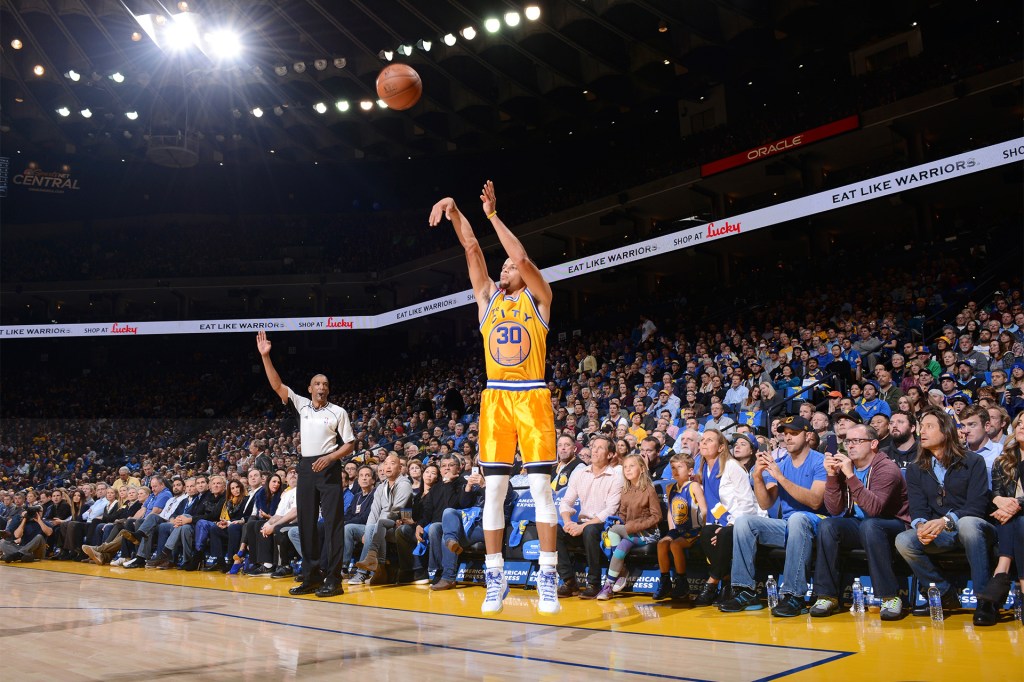
Joey Erace knocks pitch after pitch into the netting of his $15,000 backyard batting cage in southern New Jersey. His private hitting coach tells him to shorten his stride. The coach is charging $100 for this hour-long evening batting practice. It follows a $100 fielding lesson in Philadelphia, Pennsylvania, earlier in the day.
Constant training is essential for a top player like Joey. He has talents that scouts
scout
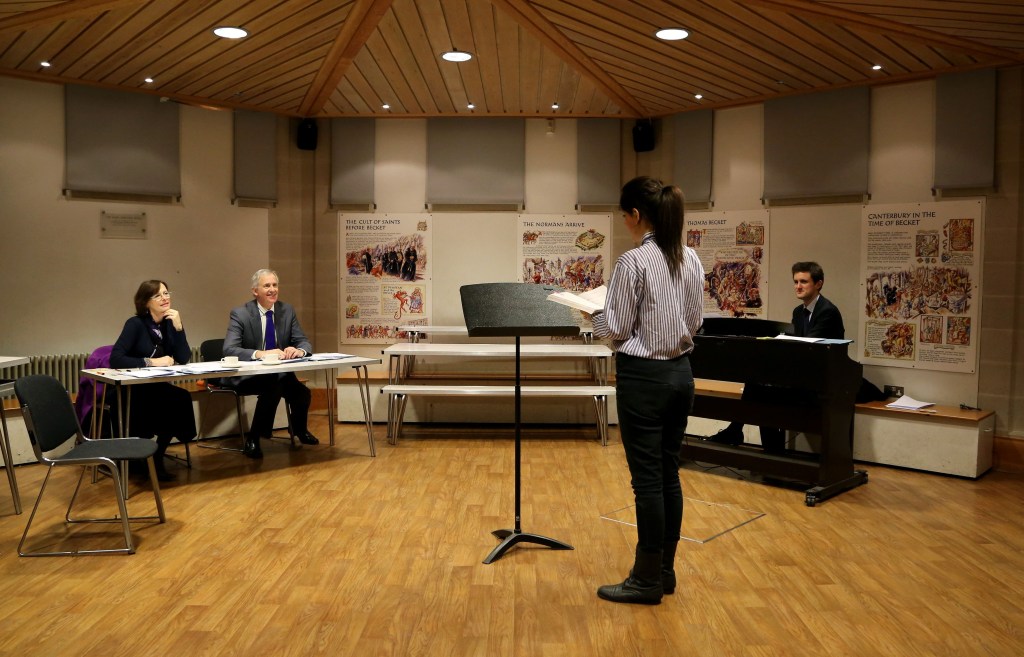 PRESS ASSOCIATION/AP
a person who searches for talented newcomers
(noun)
The singer performed in front of a scout in hopes of getting a recording contract.
are seeking. Joey is lightning quick. He can make slight body adjustments at the plate to drive the ball. “As long as he keeps putting in this work, he’s going to be a really, really solid baseball player at a really, really high level,” Dan Hennigan says. He is Joey’s hitting coach. He is also a former minor league player.
PRESS ASSOCIATION/AP
a person who searches for talented newcomers
(noun)
The singer performed in front of a scout in hopes of getting a recording contract.
are seeking. Joey is lightning quick. He can make slight body adjustments at the plate to drive the ball. “As long as he keeps putting in this work, he’s going to be a really, really solid baseball player at a really, really high level,” Dan Hennigan says. He is Joey’s hitting coach. He is also a former minor league player.
Already, Joey has a nickname: Joey Baseball. He has more than 28,000 Instagram followers. Jewelry and apparel companies have asked him to promote
promote
 JOSE LUIS PELAEZ, INC./GETTY IMAGES
to help increase the sales of something; to publicize
(verb)
The actor was paid to promote a new brand of cereal.
their stuff. It’s pretty impressive for a 10-year-old.
JOSE LUIS PELAEZ, INC./GETTY IMAGES
to help increase the sales of something; to publicize
(verb)
The actor was paid to promote a new brand of cereal.
their stuff. It’s pretty impressive for a 10-year-old.
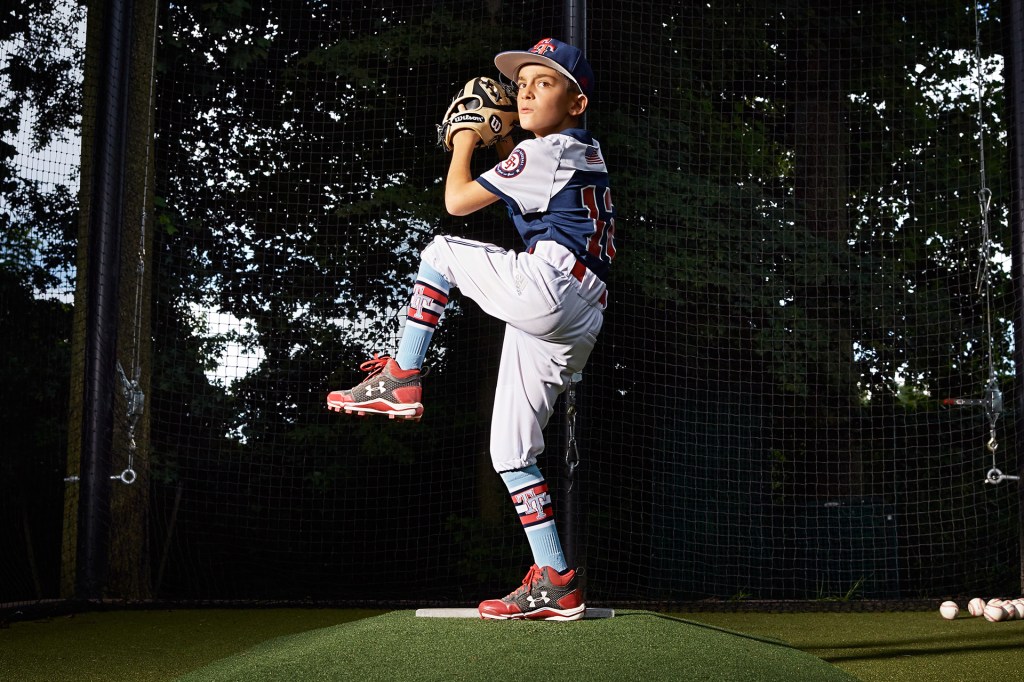
Joey Erace, 10, of New Jersey, has played for youth baseball teams in California and Texas.
FINLAY MACKAY FOR TIMEAn Early Start
Joey Erace represents a new reality for America’s aspiring young athletes and their families. Across the nation, youth sports are changing. Kids are being swept up in nearly every team sport. Neighborhood Little Leagues, town soccer associations, and church basketball squads have been largely nudged aside. Young athletes are joining private club teams instead. The most competitive teams seek out the best talent and travel to national tournaments.
The cost for parents is steep. Some families spend more than 10% of their income on registration fees, travel, camps, and equipment. Joey’s father says he has spent more than $30,000 on Joey’s budding baseball career. A father from upstate New York says he spent $20,000 in one year for his daughter to play club volleyball. Much of it was spent on gas. Up to four nights a week, she commuted two and a half hours round-trip for practice. Other parents hand their children over entirely. A family from Ottawa, in Canada, sent their 13-year-old son to New Jersey for a full year to increase his ice time on the travel hockey circuit.

King-Riley Owens, 9, of Los Angeles, California, hopes to play in the NBA someday.
FINLAY MACKAY FOR TIMEBusiness is Booming
The U.S. youth-sports economy
economy
 PATRICK T. FALLON—BLOOMBERG/GETTY IMAGES
a system of buying and selling resources, products, and services
(noun)
The number of people with jobs is one way to measure the success of a country’s economy.
is now a $15.3 billion market, according to WinterGreen Research. The company tracks the youth-sports industry. Its research shows that the market
market
PATRICK T. FALLON—BLOOMBERG/GETTY IMAGES
a system of buying and selling resources, products, and services
(noun)
The number of people with jobs is one way to measure the success of a country’s economy.
is now a $15.3 billion market, according to WinterGreen Research. The company tracks the youth-sports industry. Its research shows that the market
market
 DONNA DAY—GETTY IMAGES
a particular category of people who might buy certain goods or services
(noun)
The cartoon show was meant to appeal to the youth market.
has grown by 55% since 2010.
DONNA DAY—GETTY IMAGES
a particular category of people who might buy certain goods or services
(noun)
The cartoon show was meant to appeal to the youth market.
has grown by 55% since 2010.
There are upsides to the craze. Some kids thrive on intense competition. The best players receive an unprecedented level of coaching and training. And the travel circuit can bring people of different backgrounds together.
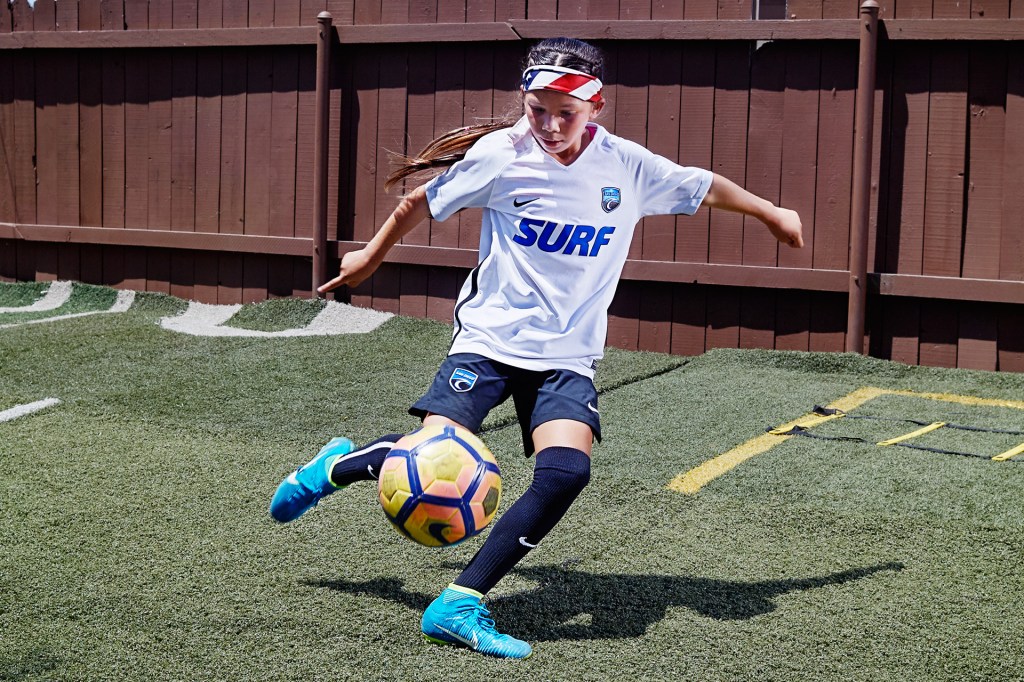
Melanie Barcenas, 9, of San Diego, California, plays multiple soccer games most weekends.
FINLAY MACKAY FOR TIMEHowever, recent studies show that early specialization in one sport increases the risk of injury, burnout, and depression. Additionally, rising costs, such as for team fees and travel, are pricing out lower-income families.
The Scholarship Scramble
With college costs skyrocketing, millions of parents hope their children will earn a sports scholarship. But only 2% of high school athletes go on to play at the top level of college sports, the NCAA’s Division I.
Even so, college coaches are now courting middle schoolers. Kids learn early that it’s crucial
crucial
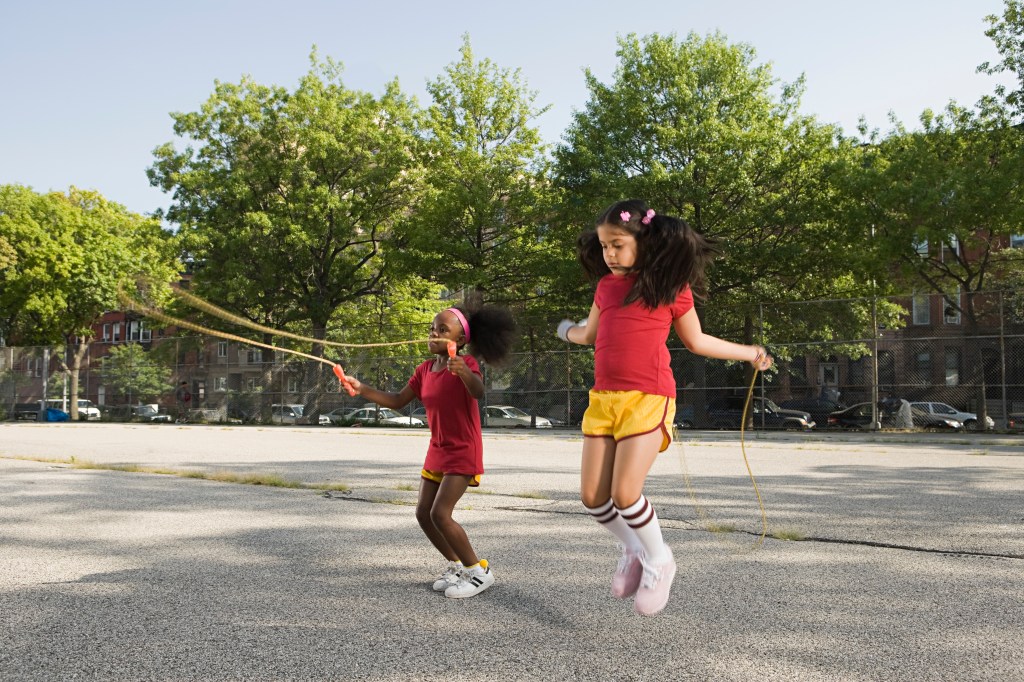 GETTY IMAGES
very important
(adjective)
Proper diet and exercise are crucial to good health.
to attend travel tournaments—and impress. Katherine Sinclair, 13, has played in basketball games in Philadelphia and New York City on the same day. But she embraces
embrace
GETTY IMAGES
very important
(adjective)
Proper diet and exercise are crucial to good health.
to attend travel tournaments—and impress. Katherine Sinclair, 13, has played in basketball games in Philadelphia and New York City on the same day. But she embraces
embrace
 GETTY IMAGES
to accept or support something
(verb)
After a few weeks, Kelly came to embrace her new neighborhood.
the grind. “I don’t have that long until I’m in eighth grade,” she says. “That’s when college scouts start looking at me.”
GETTY IMAGES
to accept or support something
(verb)
After a few weeks, Kelly came to embrace her new neighborhood.
the grind. “I don’t have that long until I’m in eighth grade,” she says. “That’s when college scouts start looking at me.”
Amid all the traveling and high-pressure tournaments, it can be hard to keep perspective. During a rare family vacation in Florida, Joey Erace was approached by a boy in a restaurant who asked for his autograph. But Joey has yet to learn cursive. He is, after all, only 10 years old. They snapped a picture instead.
Assessment: Click here for a printable quiz. Teacher subscribers can find the answer key in this week's Teacher's Guide.





